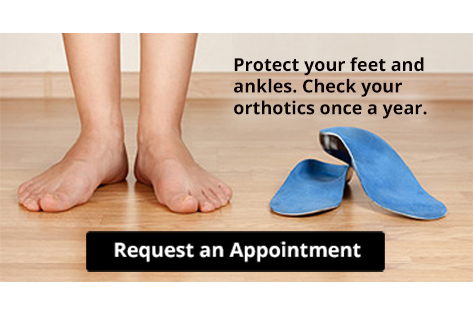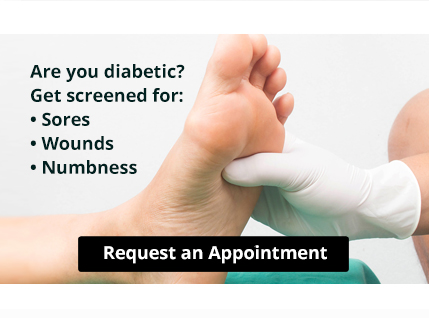 Bunions are a common foot disorder characterized by the appearance of a bony bump on the side of the foot at the base of the big toe. Bunions grow slowly due to pressure on the joint of the big toe. This pressure causes the big toe to move out of place and lean toward the other toes. Bunions are often the result of genetics and are exacerbated by lifestyle factors, such as wearing shoes that are too tight, high heels, or shoes that have a narrow toe box may create bunions as well. Some people are naturally predisposed to developing bunions, and their risk may increase if they wear ill-fitting shoes. Certain foot conditions, such as arthritis and flat feet, can also make bunions more likely. Without treatment, bunions tend to worsen and grow larger causing severe pain and discomfort, making it difficult to wear shoes. If you have developed a bunion it is recommended that you see a chiropodist for treatment.
Bunions are a common foot disorder characterized by the appearance of a bony bump on the side of the foot at the base of the big toe. Bunions grow slowly due to pressure on the joint of the big toe. This pressure causes the big toe to move out of place and lean toward the other toes. Bunions are often the result of genetics and are exacerbated by lifestyle factors, such as wearing shoes that are too tight, high heels, or shoes that have a narrow toe box may create bunions as well. Some people are naturally predisposed to developing bunions, and their risk may increase if they wear ill-fitting shoes. Certain foot conditions, such as arthritis and flat feet, can also make bunions more likely. Without treatment, bunions tend to worsen and grow larger causing severe pain and discomfort, making it difficult to wear shoes. If you have developed a bunion it is recommended that you see a chiropodist for treatment.
Bunions progressively worsen over time and may cause walking in your shoes to become difficult. To learn more about bunions, please consult with one of the chiropodists from The Footcare Centre. Our chiropodists will assess your condition and provide you with quality foot and ankle treatment.
What Are Bunions?
A bunion is a bony bump that protrudes from the base of the big toe. Bunions are caused due to a misalignment of the first metatarsal. The characteristic bump of a bunion forms when the metatarsal shifts outwards from its proper position. Bunions develop slowly over time and progressively worsen without treatment. The skin over the bunion may develop calluses due to the friction from shoes. Eventually, a bunion can make walking uncomfortable or even painful. Bunions are one of the most common foot deformities and are especially common in women and older adults.
Symptoms
A bunion appears as a bulging bump on the outside of the base of the big toe.
The bunion may also:
Be swollen, red, or sore
Develop corns or calluses over it
Cause pain
Limit the big toe’s range of motion
Treatment
There are several different treatments available for bunions. Conservative treatment options include wearing shoes with a wider toe box, cushioning the bunion with a specialized pad, wearing shoe inserts, icing the bunion if it becomes inflamed, and taking medications to relieve pain. In more severe cases, more invasive procedures may be done. This may involve removing the swollen tissue around the bunion, straightening the big toe, realigning the bones at the front of the foot, or a combination of these procedures.
If you have any questions, please feel free to contact our office located in . We offer the newest diagnostic and treatment technologies for all your foot care needs

 Poor wound healing
Poor wound healing






